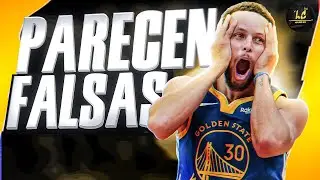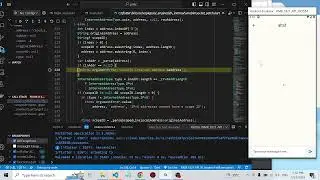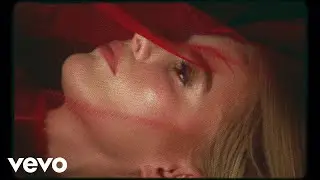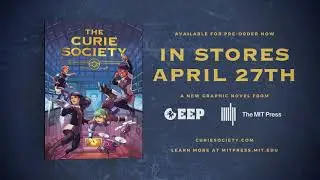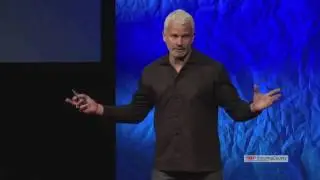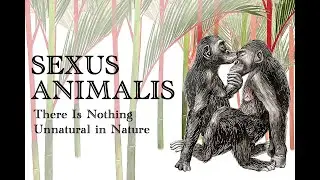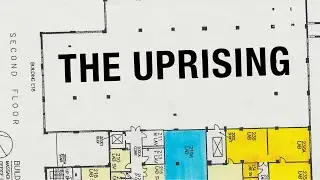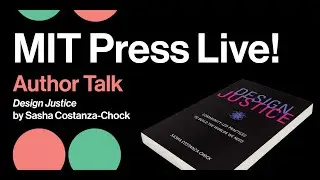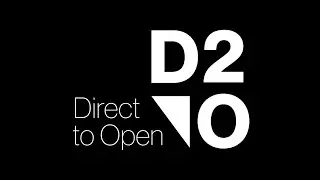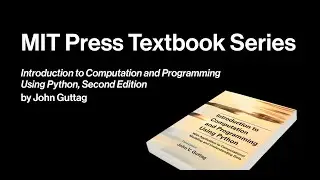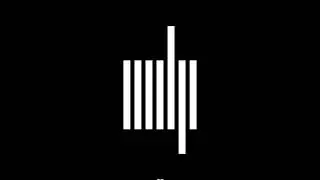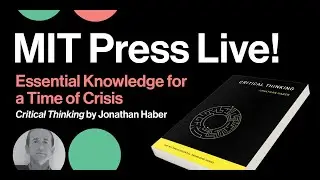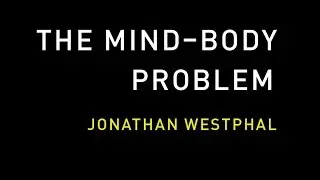Essential Knowledge in a Time of Crisis: Critical Thinking by Jonathan Haber
MIT Press Live! presents a virtual conversation with Jonathan Haber, author of Critical Thinking.
About this Event
With so much noise and news all around us, how can we decipher what is accurate and useful to us at this confusing and chaotic time? Educational researcher Jonathan Haber explores how critical thinking techniques can help us outside of the classroom, and keep us calm in the face of conflicting information and voices.
Jonathan Haber was an educational researcher, writer and entrepreneur working in the fields of critical-thinking education, assessment, and technology-enabled learning whose work has been featured in the New York Times, the Boston Globe, the Chronicle of Higher Education, and the Wall Street Journal. He is the author of another MIT Press Essential Knowledge book, MOOCs, and The Critical Voter.
Learn more about the book: https://mitpress.mit.edu/books/critic...
Critical thinking is regularly cited as an essential twenty-first century skill, the key to success in school and work. Given our propensity to believe fake news, draw incorrect conclusions, and make decisions based on emotion rather than reason, it might even be said that critical thinking is vital to the survival of a democratic society. But what, exactly, is critical thinking? In this volume in the MIT Press Essential Knowledge series, Jonathan Haber explains how the concept of critical thinking emerged, how it has been defined, and how critical thinking skills can be taught and assessed.
Haber describes the term's origins in such disciplines as philosophy, psychology, and science. He examines the components of critical thinking, including structured thinking, language skills, background knowledge, and information literacy, along with such necessary intellectual traits as intellectual humility, empathy, and open-mindedness. He discusses how research has defined critical thinking, how elements of critical thinking have been taught for centuries, and how educators can teach critical thinking skills now.
Haber argues that the most important critical thinking issue today is that not enough people are doing enough of it. Fortunately, critical thinking can be taught, practiced, and evaluated. This book offers a guide for teachers, students, and aspiring critical thinkers everywhere, including advice for educational leaders and policy makers on how to make the teaching and learning of critical thinking an educational priority and practical reality.



